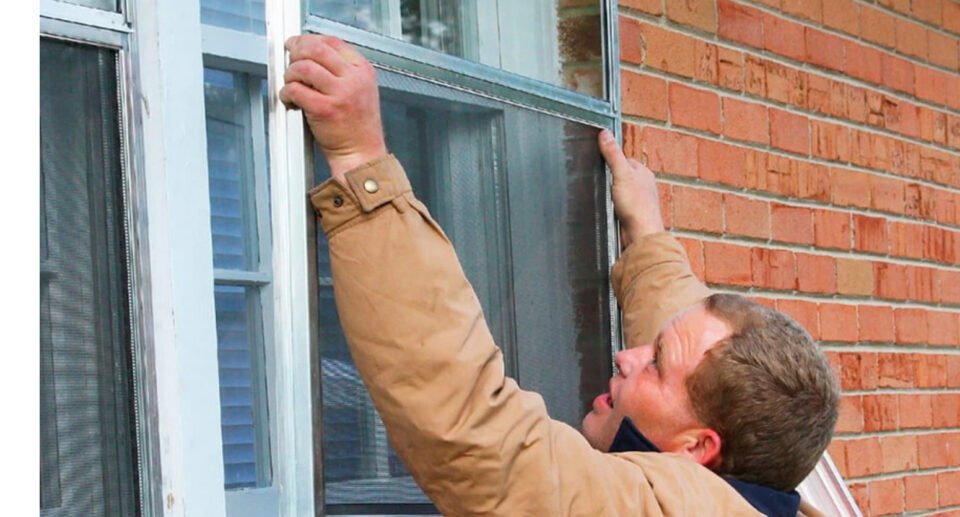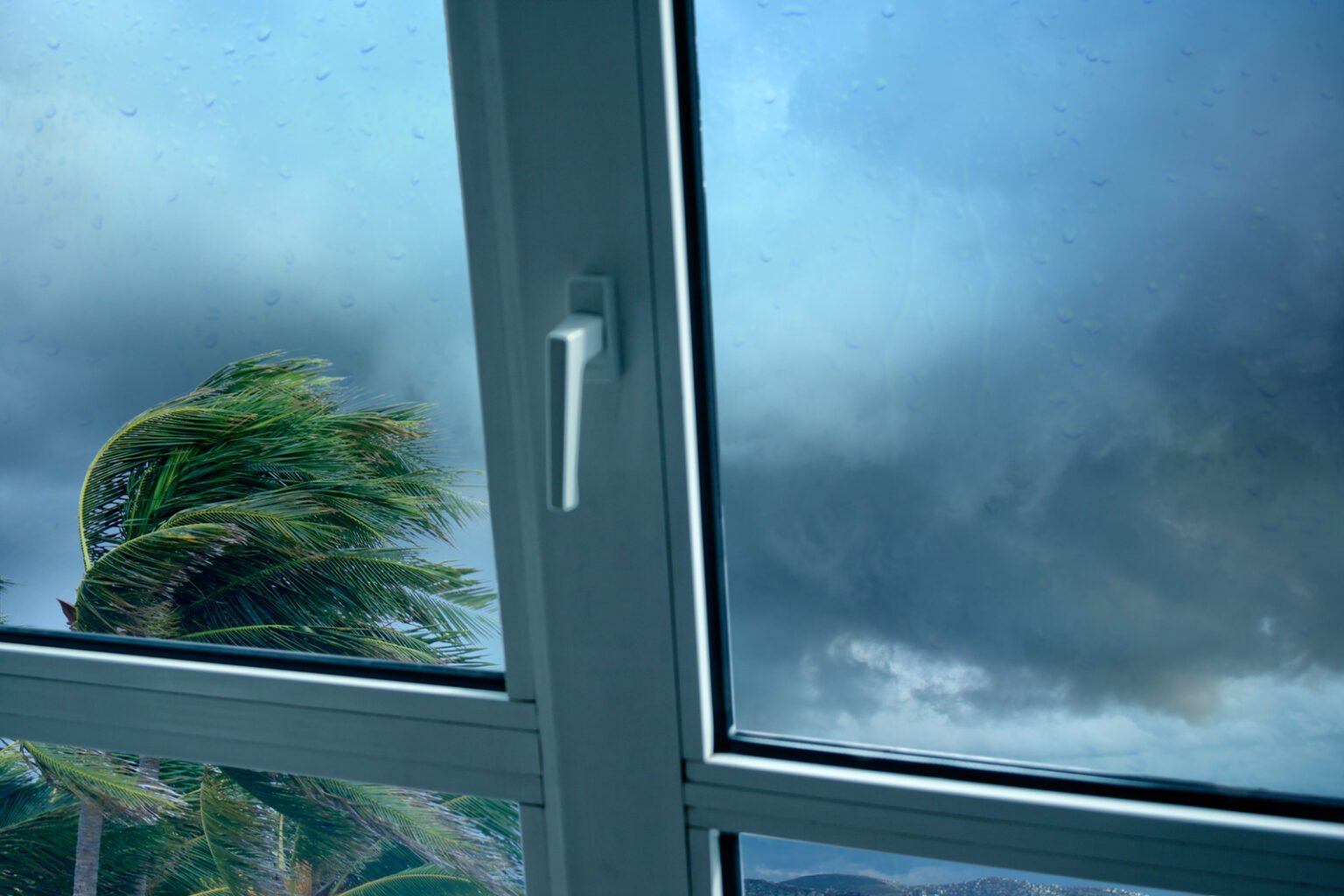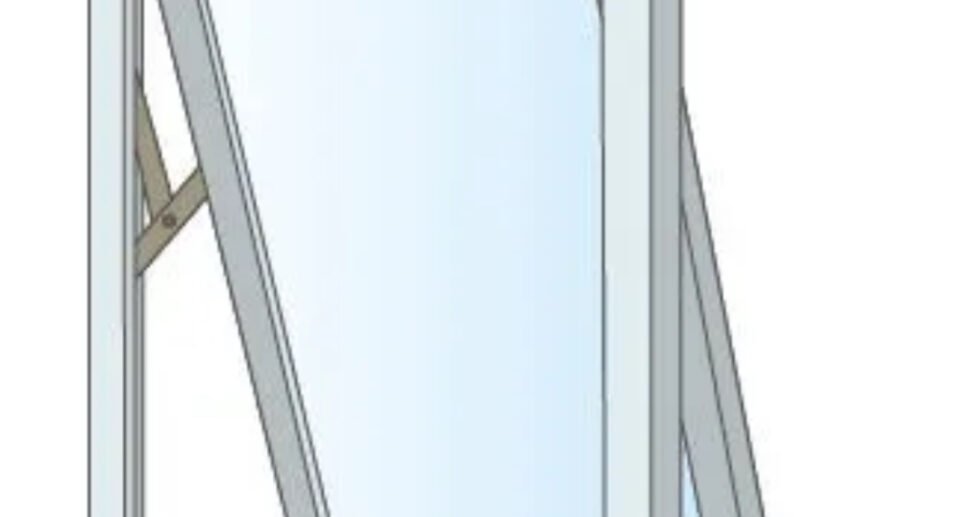Where to Buy Storm Windows: An Ultimate Buying Guide

Table of Contents
ToggleStorm windows are a great way to improve energy efficiency and insulation in your home. They are designed to reduce the amount of air leaks and drafts in your home, which can lead to significant savings on your energy bills. In addition, they can help to reduce outside noise and protect your home from the elements.
When it comes to buy storm windows, there are a few things to consider. First, you will need to decide on the type of storm window that is right for your home.
There are several different types available, including exterior and interior storm windows, as well as storm doors.
You will also need to consider the size and shape of your windows, as well as any special features you may want, such as low-e coatings or impact-resistant glass.
Key Takeaways
- Storm windows can significantly improve energy efficiency and insulation in your home.
- Choosing the right type of storm window and considering factors such as installation and maintenance, cost, and product features is key to finding the perfect storm windows for your home.
- By investing in storm windows, homeowners can enjoy reduced energy bills, improved comfort, and protection from the elements.
Benefits of Storm Windows
Storm windows are an excellent investment for homeowners who want to improve their energy efficiency, insulation, and noise reduction capabilities. The following subsections will delve deeper into these benefits.
Enhanced Energy Efficiency
Storm windows can help reduce energy costs by improving the insulation of a home. They create an additional layer of protection against the elements, which can help keep heat inside during the winter and cool air inside during the summer.
This means that homeowners can rely less on their heating and cooling systems, which can lead to significant energy savings.
According to the EPA, ENERGY STAR certified low-e storm windows can save homeowners about 10% on their annual heating and cooling bills when installed over single-pane clear glass windows. This can translate to an average savings of $350 per year.
Increased Insulation
Storm windows can also help increase insulation in a home. They can reduce drafts and air leakage, which can lead to a more comfortable living environment. Additionally, they can help protect against UV rays, which can damage furniture and other items in a home.
Noise Reduction Capabilities
Storm windows can also help reduce noise from outside. This is especially beneficial for homeowners who live in busy areas with a lot of street noise. Storm windows can help block out unwanted noise, creating a more peaceful living environment.
Types of Storm Windows

Exterior vs. Interior Storm Windows
Storm windows come in two main types: exterior and interior.
Exterior storm windows are mounted outside of the primary window, while interior storm windows are installed inside the primary window.
Exterior storm windows are generally more effective at blocking cold air and wind, but they can be more difficult to install and remove. On the other hand, interior storm windows are easier to install and remove, but they may not be as effective at blocking drafts.
Material Options
Storm windows are available in several different materials, each with its own advantages and disadvantages.
Aluminum storm windows are durable and low-maintenance, but they may not be as effective at insulating as other materials.
Vinyl storm windows are affordable and energy-efficient, but they may not be as durable as other materials.
Wood storm windows are attractive and effective at blocking drafts, but they require more maintenance than other materials.
Plexiglass storm windows are lightweight and shatter-resistant, but they may not be as effective at insulating as other materials.
Specialty Storm Windows
In addition to traditional storm windows, there are also specialty storm windows available for specific needs.
For example, there are storm windows designed for historic homes that match the original window design. There are also storm windows designed for noise reduction, which can be helpful in areas with heavy traffic or other loud noises.
Some storm windows are designed for hurricane protection and are made with impact-resistant glass.
Selection Criteria
When it comes to buying storm windows, there are several factors to consider. Understanding the different types of windows, evaluating performance metrics, and considering aesthetics are all important when making a decision.
Understanding Window Types
There are several types of storm windows available, including:
- Interior storm windows: These are installed on the inside of existing windows and are typically made of lightweight materials like plastic or acrylic.
- Exterior storm windows: These are installed on the outside of existing windows and are typically made of heavier materials like aluminum or vinyl.
- Combination storm windows: These are a combination of interior and exterior storm windows and offer the benefits of both.
Each type of window has its own advantages and disadvantages. For example, interior storm windows are easy to install and remove, but may not be as effective at reducing air infiltration as exterior storm windows.
Evaluating Performance Metrics
When evaluating storm windows, there are several performance metrics to consider. These include:
- U-factor: This measures how well a window insulates. The lower the U-factor, the better the insulation.
- Solar heat gain coefficient (SHGC): This measures how much solar radiation a window allows to pass through. The lower the SHGC, the less heat is transmitted through the window.
- Air leakage: This measures how much air passes through the window. The lower the air leakage, the less air is passing through.
It’s important to look for windows that have been tested and certified by organizations like Energy Star, which ensures that the windows meet certain energy efficiency standards.
Considering Aesthetics
While performance is important, aesthetics also play a role in choosing storm windows.
Homeowners should consider factors like the color and style of the windows, as well as how they will look with the existing windows and overall curb appeal of the home.
Installation and Maintenance
Professional Installation vs. DIY
When it comes to installing storm windows, homeowners have two options: professional installation or DIY.
Professional installation ensures that the windows are installed correctly and can provide peace of mind. However, it can be expensive, with installation costs ranging from $200 to $460 per window.
On the other hand, DIY installation can be a cost-effective solution, but it requires some level of experience and expertise.
If you decide to go the DIY route, make sure to follow the manufacturer’s instructions carefully. It is also essential to measure the window opening accurately to ensure a proper fit.
If you are not comfortable with DIY installation, it is best to hire a professional.
Maintenance Tips
To ensure that your storm windows last for years, regular maintenance is essential. Here are some tips to keep your windows in good shape:
- Clean the windows regularly with a soft cloth and mild detergent. Avoid using harsh chemicals or abrasive materials that can scratch the glass or frame.
- Check the weatherstripping regularly and replace it if it is cracked or damaged. Weatherstripping helps to seal the window and prevent drafts.
- Inspect the frame for any signs of damage, such as cracks or rot. If you notice any damage, repair it immediately to prevent further damage.
- Lubricate the moving parts of the window, such as the hinges and locks, with a silicone-based lubricant. This will ensure that the window operates smoothly.
Cost Considerations
When it comes to buying storm windows, cost is an important consideration. Homeowners need to balance their budget with the quality and durability of the product they choose. Here are some factors to consider when estimating storm window costs and budgeting for quality and durability.
Estimating Storm Window Costs
The cost of storm windows can vary widely depending on several factors, such as the size, material, and whether the windows are prefabricated or custom-made.
According to Fixr, prefabricated storm windows can cost anywhere from $100 to $400, while custom-made ones can range from $150 to $1,000. The cost of installation will also add to the total expense.
It’s important to remember that the cheapest option may not always be the best choice in the long run.
Homeowners should consider the lifetime cost of the product, including maintenance and potential repairs. Additionally, a higher-quality storm window may provide better energy efficiency, which can lead to long-term savings on energy bills.
Budgeting for Quality and Durability
When budgeting for storm windows, homeowners should consider the quality and durability of the product.
Aluminum storm windows are the most cost-effective, but they may not be the most durable option. Moisture can cause aluminum to corrode, which can lead to costly repairs or replacements.
On the other hand, vinyl and fiberglass storm windows are more expensive but can provide better durability and energy efficiency.
Homeowners should also look for products that come with lifetime warranties, which can provide peace of mind and protect against unexpected expenses.
Product Features and Enhancements
Glass and Coating Options
When purchasing storm windows, one of the most important factors to consider is the type of glass and coating options available.
Low-e coating is a popular choice because it helps to reduce energy consumption by reflecting heat back into the room during the winter months and blocking unwanted heat from entering during the summer months.
Tempered glass is another popular option because it is four times stronger than regular glass and is designed to break into small, harmless pieces if it shatters.
Tinted glass is a great choice for those who want to reduce glare and block UV rays from entering their home.
Impact-resistant glass is ideal for those who live in areas that are prone to severe weather, such as hurricanes or tornadoes.
Additional Features
In addition to glass and coating options, there are several other features that can enhance the functionality and appearance of storm windows.
For example, some storm windows come with screens that can be easily removed for cleaning or to allow fresh air to circulate through the room.
Others come with weatherstripping to prevent air leaks and reduce energy consumption. Some storm windows can even be customized with decorative grilles or hardware to match the style of your home.
Storm Window Brands and Reviews
Top Manufacturers
When it comes to purchasing storm windows, there are a few standout manufacturers that consistently receive high marks from customers.
Renewal by Andersen, Marvin, and Pella are all well-regarded brands that offer a variety of storm window options to suit different needs and budgets.
Renewal by Andersen is known for its hands-free installation process, which makes upgrading to storm windows a breeze.
Marvin, on the other hand, is praised for its innovative window designs that offer both style and functionality.
Pella is a popular choice for eco-conscious homeowners, as the brand uses sustainable materials in its products.
Champion is another brand worth considering, especially if financing and discounts are important factors in your decision-making process. The company offers a range of financing options to help make storm window installation more affordable.
Customer Feedback and Ratings
When researching storm window brands, it’s important to take customer feedback and ratings into account. This can give you a better idea of what to expect from a particular manufacturer and help you make an informed decision.
Renewal by Andersen consistently receives positive reviews from customers. They praise the company’s professionalism, quality products, and excellent customer service. Marvin also receives high marks for its innovative designs and attention to detail.
Pella is generally well-regarded by customers, who appreciate the brand’s commitment to sustainability and energy efficiency. Meanwhile, Champion receives mixed reviews, with some customers reporting issues with installation and customer service.
Warranties and Certifications
Understanding Warranty Coverage
When purchasing storm windows, it’s important to understand the warranty coverage provided by the manufacturer. A warranty is a guarantee that the product will perform as expected and will be free from defects.
Most storm window manufacturers offer limited warranties that cover defects in materials and workmanship for a certain period of time. This period typically ranges from 5 to 10 years.
It’s important to read the warranty carefully to understand what is covered and what is not. Some warranties may only cover the cost of replacement parts, while others may cover both parts and labor. Additionally, some warranties may be voided if the windows are not installed by a certified professional.
Certifications to Look For
When shopping for storm windows, it’s important to look for certifications that indicate the windows meet certain performance standards. One such certification is the Energy Star label, which is awarded to windows that meet certain energy efficiency criteria set by the U.S. Environmental Protection Agency.
Energy Star certified storm windows are designed to reduce energy consumption and lower heating and cooling costs. They are also designed to provide better insulation, reduce noise, and protect against UV rays.
Another certification to look for is the National Fenestration Rating Council (NFRC) label. The NFRC is an independent organization that rates the energy performance of windows and doors.
The label provides information on the window’s U-factor, solar heat gain coefficient, visible transmittance, and air leakage. This information can help consumers make informed decisions when choosing storm windows that meet their energy efficiency needs.
In addition to these certifications, it’s also important to choose a reputable manufacturer with a proven track record of quality and customer satisfaction. By doing so, consumers can have peace of mind knowing that their storm windows are backed by a solid warranty and meet industry standards for energy efficiency.
Frequently Asked Questions
To find retailers that sell storm windows in your area, you can start by doing a quick online search. Many home improvement stores carry storm windows, so you can check their websites or visit their physical locations.
Additionally, you can check with local window and door companies, as they may also sell storm windows. Another option is to contact a professional contractor who specializes in window installation, as they may have recommendations for where to purchase storm windows in your area.
There are several online stores that offer a wide selection of storm windows, including Home Depot, Lowe’s, and Amazon. Additionally, many window manufacturers have their own online stores where you can purchase storm windows directly from them.
It’s important to do your research and compare prices and features before making a purchase, as some online stores may offer better deals than others.
The price range for storm windows at major home improvement stores can vary depending on the size, style, and features of the window. On average, you can expect to pay between $50 and $200 per window at stores like Home Depot and Lowe’s.
However, prices can range from as low as $20 to as high as $500 per window, depending on the brand and quality.
Yes, you can add storm windows to your current window setup. In fact, adding storm windows is a cost-effective way to improve energy efficiency and reduce noise pollution in your home.
There are several types of storm windows available, including interior and exterior options, as well as triple-track and double-track models. It’s important to choose the right type of storm window for your specific needs and window setup.
Yes, there are several cost benefits to choosing storm windows over standard windows.
Storm windows can help improve energy efficiency by reducing heat loss and air leakage, which can result in lower heating and cooling costs. Additionally, storm windows can help reduce noise pollution, which can be especially beneficial for homes located near busy roads or other noisy areas.
Many modern homes are built with energy-efficient windows that don’t require storm windows. However, there are still some instances where storm windows may be beneficial.
For example, if you live in an older home with drafty windows, adding storm windows can help improve energy efficiency and reduce heating and cooling costs. Additionally, storm windows can help reduce noise pollution and protect your windows from damage during severe weather.

Hello, I’m Keith Jones. I’m the author and head of content here of door and window guide. I’ve been in the window and door industry for over 10 years in the UK and North America. I’ve had quite a few roles during my career mainly in Worldwide sales. I’m now semi retired so I thought I’d put my knowledge to good use educating people about all they might need to know about door and window related topics.






